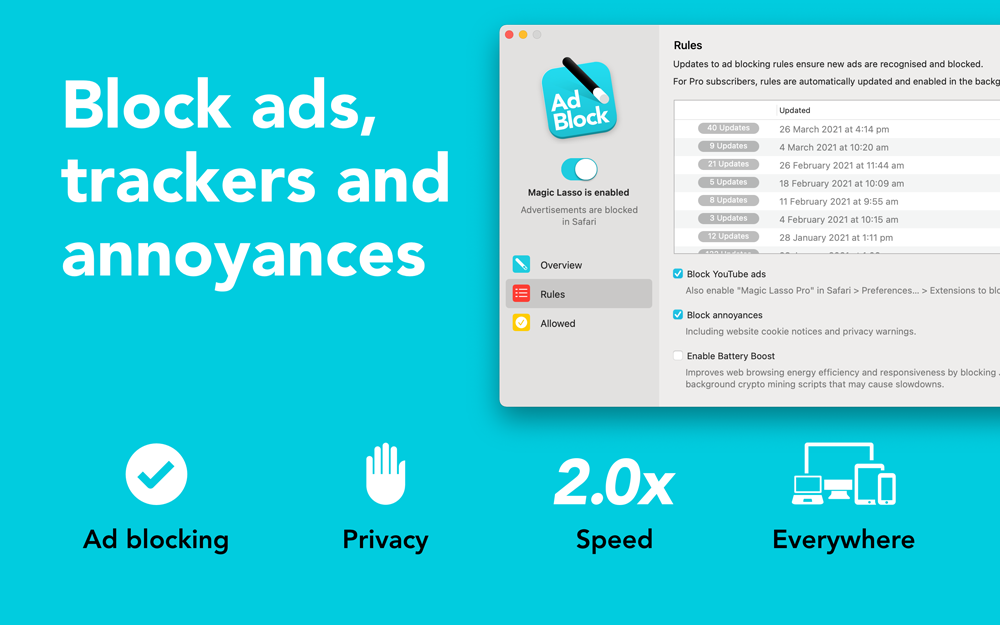When I bought my mid-2017 iMac, I had assumed I would get eight to ten years of updates from it, similar to my mid-2012 MacBook Air. Alas, just four years after it was on my desk, Apple deemed it unworthy of running MacOS Sonoma, which means I have begun looking at desktop replacements on a slightly more urgent timetable. Not today, mind you, and hopefully not for a while — but my desk will need something new eventually.
And it will be very different because Apple now only makes one iMac. The 27-inch model used to fill an in-between prosumer role for those who needed more power, but could not afford or justify something like the Mac Pro.1 It has been an ideal computer for me, and I want to at least match it spec-for-spec: a 27-inch display, top-of-the-line CPU, 1 TB of internal storage, and 64 GB of RAM. Mine cost CAD $3,750, with two caveats:
I bought it refurbished, which saved me CAD $350.
I got the best spec I could in every way except storage — a terabyte is fine for me — and RAM, which I left at the base 16 GB configuration. I then paid CAD $346 from Amazon for 64 GB of RAM, which I was able to install myself.
One might protest, saying this is an unfair comparison, to which I would respond: yes, that is kind of the point. There is no longer an option to install aftermarket upgrades of any kind, which means Apple should give users a reason to trust its pricing.
For complete fairness, however, I will compare only new non-refurbished prices, and I will use U.S. dollars to prevent currency conversion issues. If I had bought this computer in this spec from Apple in a not-refurbished state, in the United States, it would have cost me USD $4,500. (For the record, $1,400 of that cost is from upgrading the stock 16 GB of RAM to 64 GB. This was robbery even by 2017 standards.)
Ideally, I will be able to match the price I paid for my iMac and, to be even fairer, I will adjust for inflation: about USD $5,500 is my target. So let us start with the simplest issue: the display.
Since the iMac of today is no longer viable due to its single size, my contenders are the Mac Mini, the Mac Studio, and the Mac Pro. All of these will require an external display, and if I want to match my iMac’s 5K Retina display, the choices are infamously poor. Aside from Apple’s Studio Display, there are two other options: LG’s UHD UltraFine and Samsung’s ViewFinity S9. The LG monitor is $1,300 and, as I understand it, still unreliable, while the Samsung is the same price as Apple’s at $1,600. Since I would likely end up with either of the latter, my target computer costs $3,900 or less.
I can write off the Mac Pro because it starts at $7,000, even though its base spec satisfies my requirements. With a Studio Display, the total bill is nearly double what my iMac would have cost. The Mac Mini is no good, either, because its RAM ceiling is just 32 GB. Please do not send me email about how 32 GB of Apple’s special memory is equivalent to 64 GB of standard RAM.
That leaves the Mac Studio. The model with the best Ultra system-on-a-chip comes standard with the RAM and storage spec I want, but it is $5,000. With a display, it will be over a thousand dollars above my inflation-adjusted target. But hang on, because the CPU upgrade is $1,000 on its own; with the base Ultra SoC, I am just above the inflation-adjusted budget. That is close enough for my books, and a surprising result: you can now get the second-best SoC available on any Mac with a display for basically the same as the highest-end 2017 iMac.
Remember, too, that the iMac I bought was nowhere near the fastest model Apple introduced in 2017 — that was the iMac Pro, which started at $5,000, but with 32 GB of RAM. Upgrading that to 64 GB would have cost $800, and I have not even factored in inflation. The spiritual successor to the iMac Pro is probably the Mac Studio with an Ultra SoC, and it is less expensive at the same spec — including a display — than the iMac Pro used to be.
Perhaps that makes the Mac Studio with the Max SoC the successor to the 27-inch high-spec iMac models. As of writing, a Mac Studio configured with 64 GB of RAM, a 1 TB SSD, and the best Max SoC available is $2,800. Add a display, and you are looking at a setup $100 less expensive than the non-inflation-adjusted list price of my iMac.
These are all expensive computers, and I still think Apple charges way too much for RAM — though at least upgrading from 32 to 64 GB is now just $400. But this is a way better situation than I had expected. I thought I would be in a very difficult buying situation when it comes time to replace my beloved iMac without a direct equivalent. But writing this article as a way of working out my options has me feeling pleasantly surprised.
Now just wait a moment as I take a sip of water and look at the pricing in the Canadian store.

